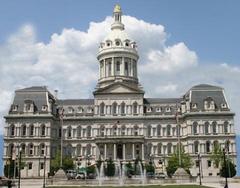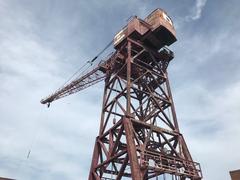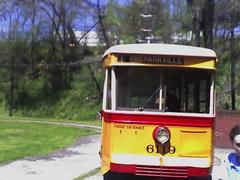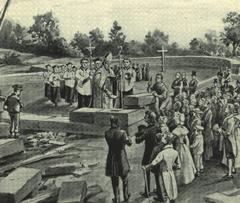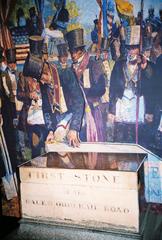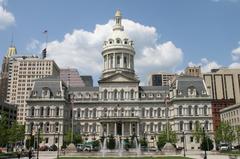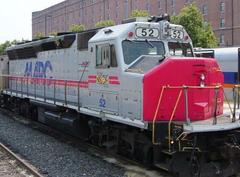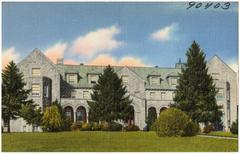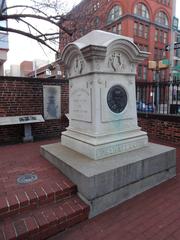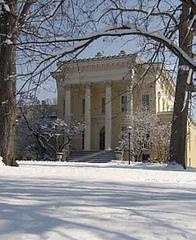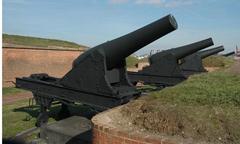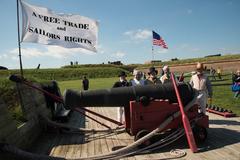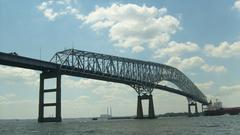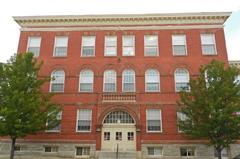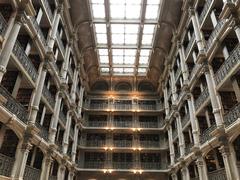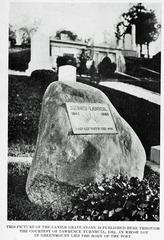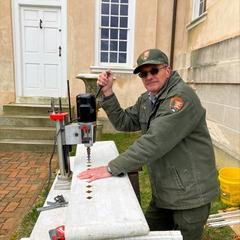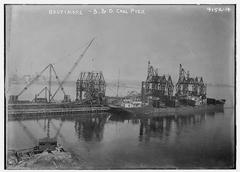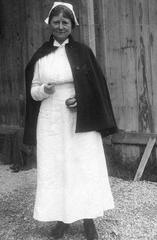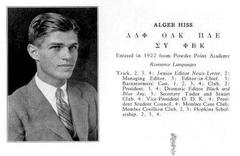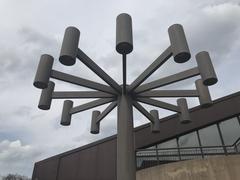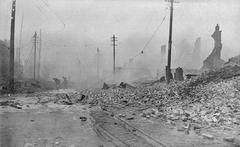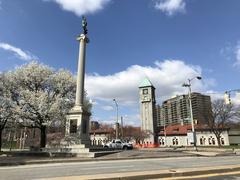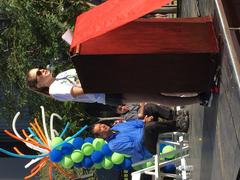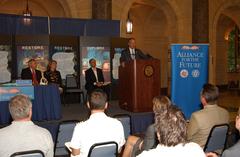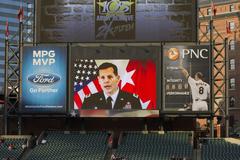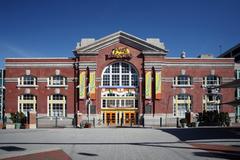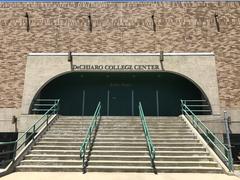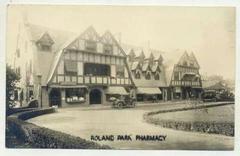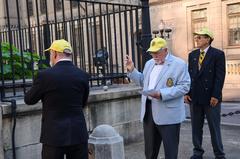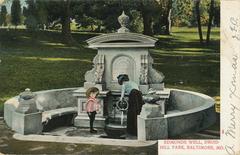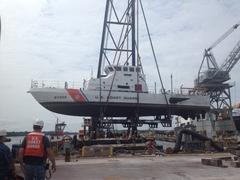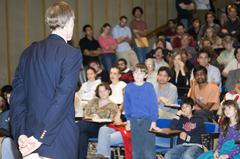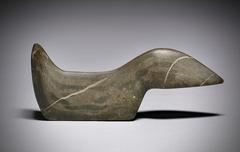
James Lawrence Kernan Hospital Visiting Hours, Tickets, and Baltimore Historical Sites Guide
Date: 03/07/2025
Introduction
The James Lawrence Kernan Hospital—now the University of Maryland Rehabilitation & Orthopaedic Institute—stands as an enduring symbol of Baltimore’s intertwined medical, architectural, and community history. With origins dating back to the 19th century, its campus blends Victorian, Greek Revival, and Colonial Revival styles, offering a unique destination for patients, history enthusiasts, and visitors. Beyond its primary role as Maryland’s largest inpatient rehabilitation hospital, the site preserves a cultural legacy and offers access to some of Baltimore’s most notable attractions. This comprehensive guide details the hospital’s history, visitor information, amenities, and travel tips to ensure an informed and meaningful experience.
For further details, refer to the University of Maryland Rehabilitation & Orthopaedic Institute website and Maryland Historical Trust resources (source).
Table of Contents
- Historic Overview
- Visiting Information
- Architectural Highlights and Photo Opportunities
- Radnor Park Gatehouse: A Baltimore Landmark
- Patient and Family Guide
- Frequently Asked Questions (FAQs)
- Conclusion and Resources
Historic Overview
Origins and Early Development (1860s–1916)
The campus’s roots trace to the Radnor Park mansion, a Victorian residence built between 1860 and 1867. In 1895, it became the Hospital for Crippled and Deformed Children, among the region’s earliest pediatric rehabilitation centers. The mansion’s architecture and early medical mission set the foundation for the institution’s future growth.
The Kernan Era and Architectural Evolution (1916–1985)
Renamed for philanthropist James Lawrence Kernan in 1916, the hospital underwent significant expansion. Architectural enhancements introduced Greek Revival and Colonial Revival elements, while new buildings in the 1920s established a harmonious campus. The Radnor Park Gatehouse, an Arts and Crafts and Romanesque Revival blend, soon became an iconic entry point.
Expansion and Modernization (1985–Present)
In 1985, the hospital joined the University of Maryland Medical System, broadening its resources. The 1995 merger with the Montebello Rehabilitation Center and the 1996 opening of the William Donald Schaefer Rehabilitation Center furthered its rehabilitation capabilities. The 2013 name change reflected its comprehensive role in orthopaedics and rehabilitation.
Visiting Information
Visiting Hours and Tickets
- Visiting Hours: Generally 9:00 AM–8:00 PM daily, though times may vary by department or in response to health protocols. Always check the official website or call (410) 448-2500 for current details.
- Tickets: No tickets or admission fees are required; the hospital does not offer public tours of interior spaces due to its primary function as a medical facility.
Accessibility and Transportation
- Campus Accessibility: The hospital provides ramps, elevators, and accessible restrooms.
- Address: 2200 North Forest Park Ave., Baltimore, MD 21207
- Parking: Ample on-site parking is available for patients and visitors.
- Public Transport: Served by several Baltimore MetroBus routes; ride-share and taxi services are also convenient options.
Nearby Attractions and Travel Tips
- Local Highlights: Druid Hill Park, the Maryland Zoo, and the Baltimore Museum of Art are all a short drive away.
- Dining: Cafes and eateries are accessible in nearby neighborhoods such as Reservoir Hill and Hampden.
- Travel Tip: For those relying on public transportation, plan routes in advance as options are limited in this area.
Architectural Highlights and Photo Opportunities
The campus showcases Victorian, Greek Revival, and Colonial Revival architecture, with the Radnor Park mansion and Gatehouse as standout features. The grounds provide excellent photo opportunities, especially during daylight hours.
Radnor Park Gatehouse: A Baltimore Landmark
History and Architectural Significance
The Radnor Park Gatehouse, built in the 1860s, is recognized for its Arts and Crafts and Romanesque Revival styles. Once serving as a police substation, today it stands as a symbol of community heritage and is listed on the National Register of Historic Places. Preservation efforts have transformed it into a community resource center, reinforcing its role in neighborhood revitalization (source).
Visitor Access and Community Activities
- Location: 201 W. 36th Street, Baltimore, MD 21211
- Hours: Monday–Friday, 9:00 AM–5:00 PM; guided tours by appointment.
- Admission: Free; donations for preservation are welcomed.
- Accessibility: Wheelchair-accessible with ramps and accessible restrooms.
- Events: Historic preservation workshops, art exhibits, and seasonal festivals are hosted throughout the year. Check the official website for schedules.
Travel Tips
- Getting There: Accessible by public transit (Light Rail and bus routes); street parking nearby.
- Pets: Allowed on leashes in outdoor areas.
- Private Events: Rental spaces available for community or private functions.
Patient and Family Guide
Location and Setting
Situated on an 85-acre campus at 2200 Kernan Drive, the hospital combines historic architecture with modern healthcare facilities, providing a tranquil environment close to Baltimore’s urban core.
Accessibility and Transportation
Easy access via I-695; on-site parking is ample. Public transit is limited, so plan ahead if using buses or consider ride-share services.
Entry Procedures
Check in at the main reception desk upon arrival. Security protocols include ID checks and visitor badges. Additional screening may apply for specialized units.
Amenities
- Comfortable waiting areas
- Accessible restrooms
- Vending machines
- Outdoor walking spaces
- On-site dental suite for general and pediatric care, including services under general anesthesia
Rehabilitation and Specialty Services
Kernan Hospital offers comprehensive inpatient rehabilitation, specializing in orthopaedic surgery, brain injury, spinal cord injury, and stroke rehabilitation. Accreditation by the Joint Commission (JCAHO) and CARF demonstrates its commitment to quality care.
Community Engagement
Monthly support groups and partnerships with organizations such as the Brain Injury Association of Maryland and Women Embracing Abilities Now provide additional resources for patients and families.
Special Considerations
- No Full Emergency Department: Only stabilization and first aid are provided before transfers to acute care centers.
- Patient Transfers: Many patients arrive via transfer from other hospitals in the University of Maryland network.
- Accessibility: Fully equipped for visitors and patients with disabilities.
Upcoming Changes
By 2026, Kernan campus services will relocate to the new Roslyn and Leonard Stoler Center for Advanced Medicine in downtown Baltimore. Check current locations before planning visits beyond 2025.
Frequently Asked Questions (FAQs)
-
Is the hospital open for public tours?
No. The hospital is an active healthcare facility and does not offer public tours. -
What are the visiting hours?
Typically 9:00 AM–8:00 PM, but confirm with the hospital for department-specific times. -
Are there special events or guided tours about the hospital’s history?
No regular tours are offered, but the Radnor Park Gatehouse hosts occasional events. -
Is the hospital accessible by public transport?
Limited options are available; plan routes in advance or use ride-share services. -
Where can I park?
Ample on-site parking is provided for visitors. -
How can I support preservation efforts at the Gatehouse?
Donations and volunteer opportunities are available through the official site (source).
Conclusion and Resources
The James Lawrence Kernan Hospital and Radnor Park Gatehouse represent a unique fusion of healthcare excellence, architectural heritage, and community engagement in Baltimore. With a legacy spanning over a century, the hospital remains a vital part of the city’s story. Visitors and patients alike are encouraged to explore the campus, participate in community activities, and experience the historic atmosphere while it remains at its current location.
Stay updated on visiting hours, special events, and preservation efforts:
All information is current as of July 2025. Please confirm details before your visit, as policies and schedules may change.
References and Further Reading
- Visiting the James Lawrence Kernan Hospital: History, Hours, and Travel Tips, 2025, University of Maryland Rehabilitation & Orthopaedic Institute (https://www.umms.org/rehab)
- Medical and Community Significance of James Lawrence Kernan Hospital and Radnor Park Gatehouse, 2025, Maryland Historical Trust (https://mht.maryland.gov)
- Visiting the James Lawrence Kernan Hospital: A Guide for Patients and Visitors, 2025, University of Maryland Medical System (https://www.umms.org/rehab)


